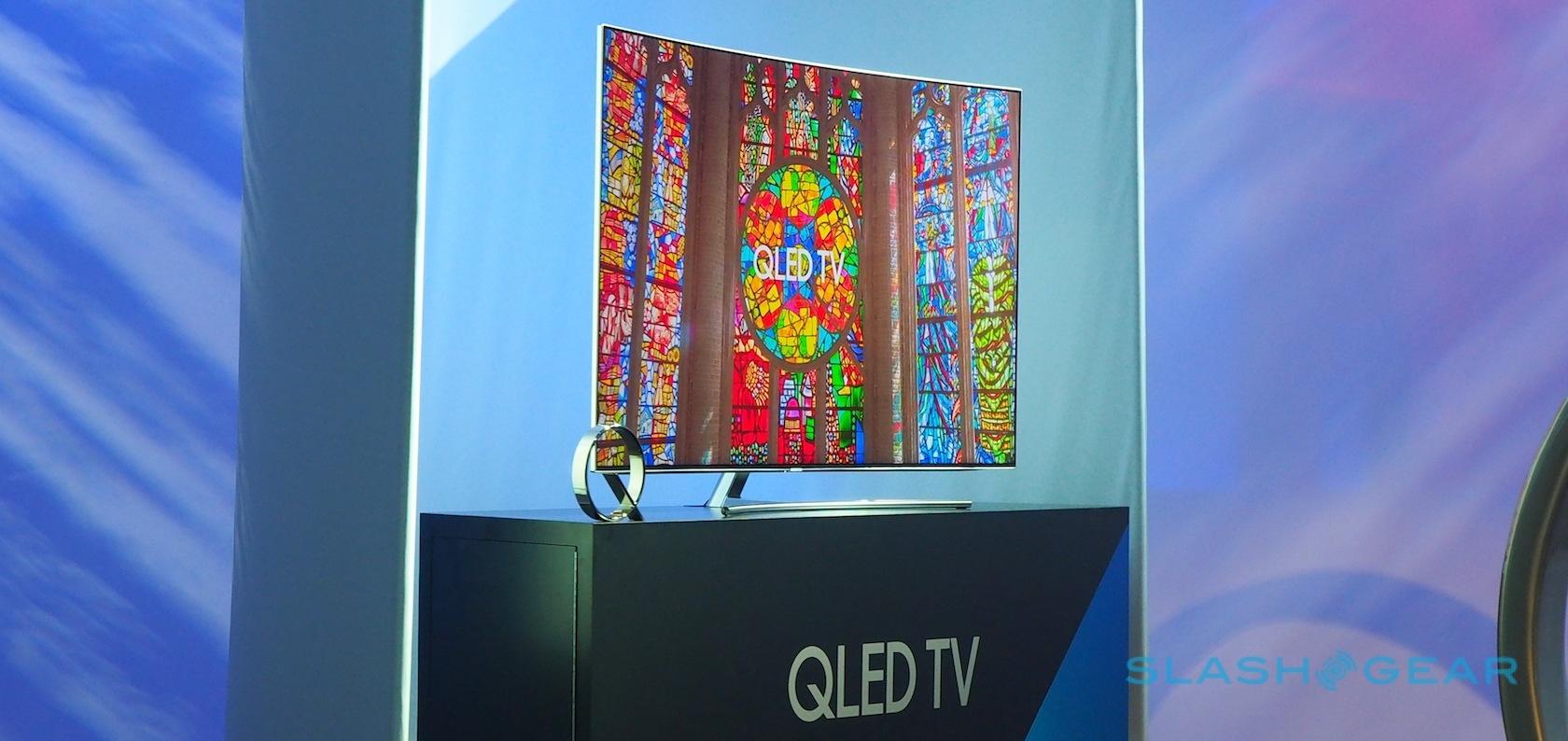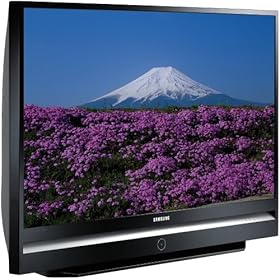
Indeed, we’re now starting to spot a variety of 6K and 8K displays as 4K prices continue to descend and the cycle slowly begins again.
1080p wow tv dot by dot tv#
A few years ago, it made sense to consider one of these models if you were looking to save money, but today, you can buy a 50-inch 4K TV for $300 or less, which means that only those with the smallest of budgets need to consider TVs with less resolution.
1080p wow tv dot by dot 720p#
Of course, some manufacturers are still cranking out 1080p or 720p displays, but they are usually the lowest-quality TVs with the smallest screen sizes within a given manufacturer’s lineup. Images are crisper, fine details are clear and visible, and you can sit closer to larger TVs without notable image degradation. Even though 4K TVs don’t quite have 4,000 lines of horizontal resolution (it’s actually 3,840), the term is catchy and easier to remember than its other names, like “2160p,” “4K Ultra HD,” or simply “UHD.” Whatever you call it, it refers to a standard for the number of pixels used to create the on-screen image you see.Īt four times the pixel resolution of the previous standard - 1080p HD - the difference is notable, especially when these TVs display native 4K content. The “4K” in 4K TVs refers to their resolution. If you need help going through the actual process of mounting your TV, we can help you with that, too. There are mounts for every size and weight out there, and we have a wall-mount buying guide to help you choose the right one. Those who are wall-mounting will be happy to know that weight isn’t an issue here. It’s also important to understand that more and more TVs are mounted on legs at their exterior rather than bases at the center, which begs for even more space. If you’re going to be using a TV stand, make sure to factor the stand’s dimensions into your calculations to ensure a good fit. There are some great resources online for calculating the best size-to-viewing-distance ratios so you can zero in on the best combination for you and your space. Most living rooms will do well with a 50-inch or larger TV, though you can go as big as your entertainment center - and wallet - will allow. Those dimensions can be found on a TV’s product page and are often listed in reviews.



Keep in mind that TV screens are measured diagonally, so when you see a TV listed as 65 inches, that’s the diagonal measurement, not the height or width. When you’re looking into a new TV, the first thing to check is how much space you’ve got in your entertainment room. In the end, you’re going to know exactly which features to look for and which ones you can pass on to get the best deal on the best new TV for your home. Then, when you factor in things like what kind of HDMI ports you need, smart features, size, and overall price, the purchase of a new TV can become a never-ending cycle of research and second-guessing.ĭon’t worry though: This TV buying guide will explain it all in easy-to-understand language. On top of increased pixel counts, today’s TVs also come in multiple lighting and screen styles, with QLEDs and OLEDs representing which TVs are the best you can get your hands on.


 0 kommentar(er)
0 kommentar(er)
